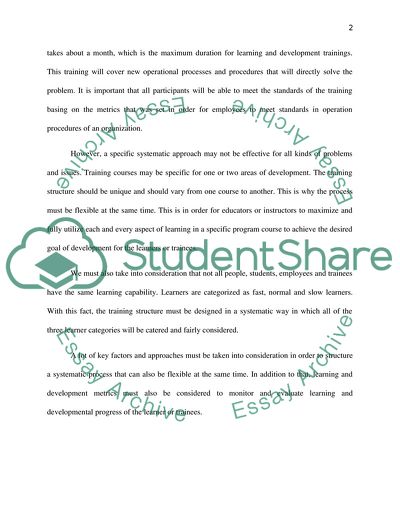Cite this document
(Key Success Factors of a Systematic Learning and Development Approach Research Paper - 1, n.d.)
Key Success Factors of a Systematic Learning and Development Approach Research Paper - 1. Retrieved from https://studentshare.org/education/1726452-learning-development
Key Success Factors of a Systematic Learning and Development Approach Research Paper - 1. Retrieved from https://studentshare.org/education/1726452-learning-development
(Key Success Factors of a Systematic Learning and Development Approach Research Paper - 1)
Key Success Factors of a Systematic Learning and Development Approach Research Paper - 1. https://studentshare.org/education/1726452-learning-development.
Key Success Factors of a Systematic Learning and Development Approach Research Paper - 1. https://studentshare.org/education/1726452-learning-development.
“Key Success Factors of a Systematic Learning and Development Approach Research Paper - 1”, n.d. https://studentshare.org/education/1726452-learning-development.


